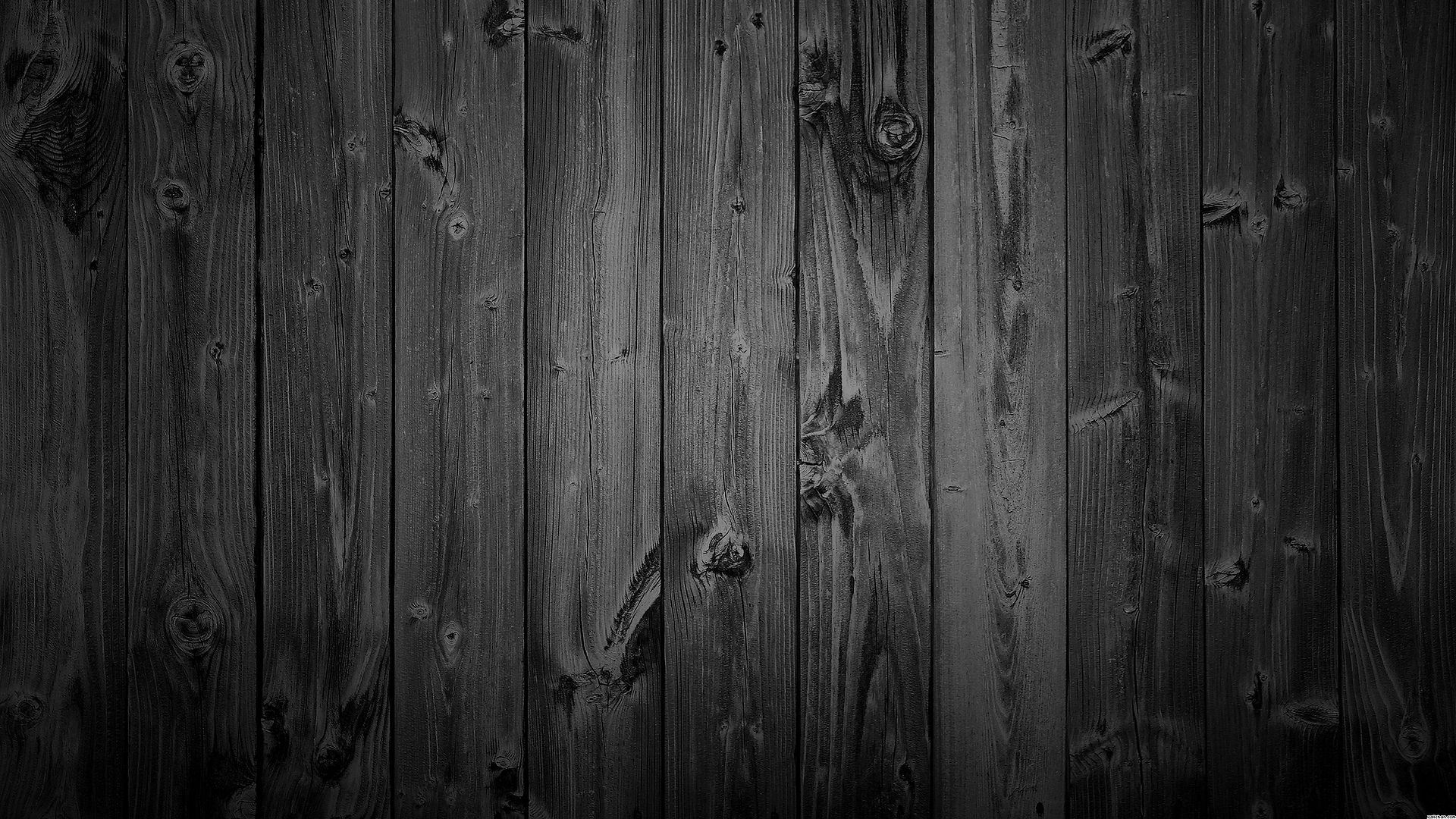Skunk!

Nuisance skunk removal makes up a large portion of the jobs we do in and around Joplin, Carthage and Neosho and throughout Southwest Missouri. People are fairly intolerant of skunks, but a little education can help you better understand skunks and how to properly resolve skunk problems. Because skunks emit a very unpleasant odor, many people prefer to hire an experienced nuisance wildlife control operator to remove nuisance skunks. Although the cost may appear expensive, the cost of hiring a professional is fraction of hiring professionals to clean and deodorize your home of skunk spray.
Two species of skunks can be found in Southwest Missouri, the striped skunk and the eastern spotted skunk. The eastern spotted skunk is rare, legally protected and causes few problems. The striped skunk, which is the larger of the two and far more common, is one of Missouri’s most recognizable mammals with its black body and white stripe down the back. Striped skunks can be found almost anywhere in Missouri. They prefer forest borders, fence rows, the edges of crop fields and open grassy fields; however they can often be seen in urban settings, in parks, on golf courses and in backyards in Joplin, Carthage and Neosho. They usually live in dens or burrows and are exceptional diggers. Skunk dens can commonly be found under houses, sheds and porches, especially if there are food sources nearby.

Skunks eat a variety plants and animals throughout the year, depending mostly on grubs and insects during the summer months. Skunks digging for grubs and insect commonly damage flower beds, gardens and yards leaving small holes where they have dug up a tasty treat. Skunks will also prey on mice, frogs, earthworms and eggs. Skunks can also be found eating table scraps from household trash and pet food left outside.
Breeding season for skunks in Missouri begins in February, often this is when people first realize they have a skunk living nearby as spraying is part of the process of looking for a mate. Generally 7-8 weeks after breeding the female skunk will give birth to a litter of 4-6 young; litters of up to 16 have been recorded. These young will be raised in the den and stay with their mother until fall when they will go and find their own den.

Skunks generally have a home range of ½ to 2 miles; they will typically have multiple den sites in this home range. While raising young a mother skunk will occupy a single den, but during the winter it is common for multiple skunks to occupy a single den, especially during times of cold temperatures when skunks may be inactive for multiple days until the weather warms up.

Skunk odor is the most troublesome aspect of a nuisance skunk. Skunks can emit their foul odor at anytime during the year, but do it more commonly during breeding season when males are trying to attract females and fight off other males. Many people think skunks smell bad, but the skunk itself has very little odor on its body or in it’s den. The odor comes from a musk that the skunk secretes from two glands located at the base of the tail. The musk of a skunk is the strongest and most disagreeable smelling musk of any animal in Missouri. When a skunk sprays under a house the odor can be strong enough to cause people to miss work, cause their children to be sent home from school and require temporarily moving out of the home. It is also common for pets to encounter a skunk and be sprayed resulting in the pet being banished from human company until thoroughly deodorized. Skunk odor can be dealt with, but it often requires professional deodorizing and cleaning to eliminate odor. You can learn more about the science of skunk odor by clicking here.
If you would like to learn more about skunks you can read more in our resources section about skunks.
To schedule an appointment with one of our technicians to help resolve your skunk problems you can click here.






























